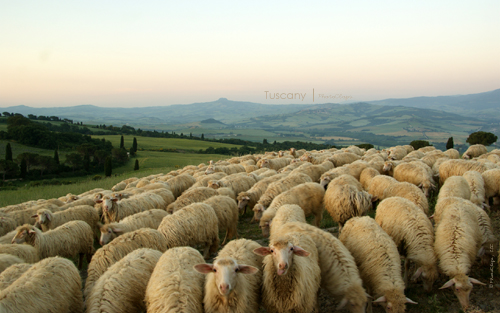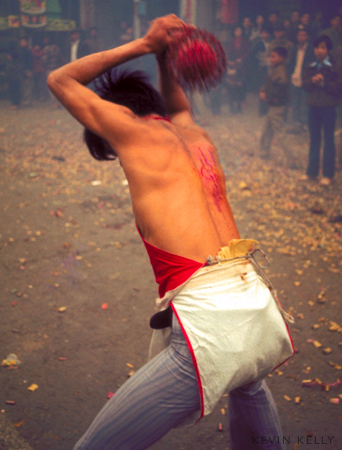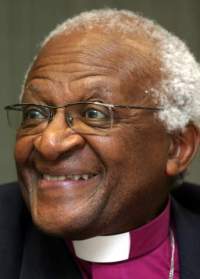Recently, the conversation during the weekend ‘happy hour’ (the hour that I spend on Saturday evenings with close friends discussing sundry issues over a couple of drinks) turned to the intellectuals of the Knanaya community.

Happy hour
None of us know for certain the real intentions of Kinayi Thoma in undertaking the long and hazardous journey to Kerala. If he had come purely for trading purposes, he would not bring along women and children on that dangerous trip. They were probably running away from some unpleasant or dangerous situation. These days there is a twist to the ‘trading’ tale: they came to evangelize the Kerala heathens with trade on the side for sustenance.
The level of intelligence required for evangelization is minimal. All that is needed is to memorize parts of the bible and speak fluently and convincingly in a loud voice. Sprinkle in a few threats of the hellish fire and brimstone and the everlasting joys of heaven. As far as trade in those days was concerned, it required a different set of skills, though nothing fancy. You buy cardamom at Re 2/ton and sell it at Re 3/-

Knanaya farmer in the 50’s
In the 1950’s when I was growing up, most members of the Knanaya community eked out a living from agriculture, something that did not require great intelligence. The recent spurt in income thanks to the Knanaya youth taking up professions in nursing, information technology and business administration does not seem to have brought about a corresponding rise in the intellectual levels of its members.
That probably could be the reason one of my drinking buddies during that ‘happy hour’ made the rather startling statement: “Knanaya intelligentsia is an oxymoron”.
An oxymoron is a figure of speech by which a locution produces an incongruous and seemingly self-contradictory effect. E.g. extremely average, objective opinion, original copy.
Here is the first stanza of a poem I found on the internet, in which every line is an example of an oxymoron:
One fine day in the middle of the night,
Two dead boys got up to fight,
Back to back they faced each other,
Drew their swords and shot each other.
The rest of the group, all Knas, arrogantly assuming to be part of the intelligentsia, became very emotional and strongly objected to that statement. We told him in no uncertain terms that there exists in the Knanaya community an elite group of intellectuals. He told us to mull over the issue once the whisky fumes have evaporated from our heads.
Next morning as I nursed my hangover with a cup of strong black coffee, my mind went back to the previous evening’s discussion. Knanaya intellectual: is there a contradiction in terms? Who are the inventors, the creators, the thinkers, the artists, the writers of the community? Where are our Aristotles, the Ciceros, the Augustines, and the Einsteins? Do we have any media that encourage critical and creative thinking?
When I lived and worked in South Africa, the non-African foreign teachers would constantly refer to African children as ‘brain dead’, ‘stupid’ and ‘good-for-nothing’. As I studied the history of their colonization and delved deeper into their backgrounds, I realized that children of all races and castes are similar in intellectual capacities. It is the way humans are nurtured that determines what they become in life. South African blacks were repeatedly told by their white masters that they have been created as inferior humans by God Himself (some bible passages would be quoted out of context to this effect), that they have no aptitude for Math and Science and that they are fit only to ‘heave wood and draw water’. Through repetition and indoctrination, the African totally internalized this idea and behaved accordingly.

A similar situation is happening to the Knanaya community. From 1911, for one hundred years, its spiritual leadership has been indoctrinating its members and turning them into meek robotic lambs. The irrational fear of God and of hell and of eternal damnation is the tool used for this purpose. Any criticism of the clergy ipso facto rains down God’s curses by the bucket-load. Selective examples of accidental misfortunes befalling individuals are highlighted to demonstrate God’s anger for pointing out the wrong doings of priests and bishops.
The feudalistic set up from which the hierarchy refuses to budge has also helped. Knowledge is power, so keep the lambs in ignorance. So much so, this subservient and slavish mentality has become part of the Knanaya genes and seems to be passed down from generation to generation.
A former Knanaya Catholic Youth League president recently stated in an interview that he is not prepared to publish anything against the community, even though it may be true! This is the type of slavish leadership that is proactively promoted by the hierarchy and its sycophantic lay leadership.
The only official publication of the community is nothing but an avenue for singing the praises of the hierarchy, the clergy and their hangers on. In this less than mediocre publication there are negative comments aplenty about the government but not a word of self-criticism. It seems obsessed primarily with the twin issues of ‘drinking’ and ‘minority rights’.
This is in contrast to the rest of the country, where media is playing a great role as watch dogs and keepers of the society’s conscience. It enlightens the common man of his rights, helps widens his knowledge horizons, and exposes the corruption and mismanagement in society.
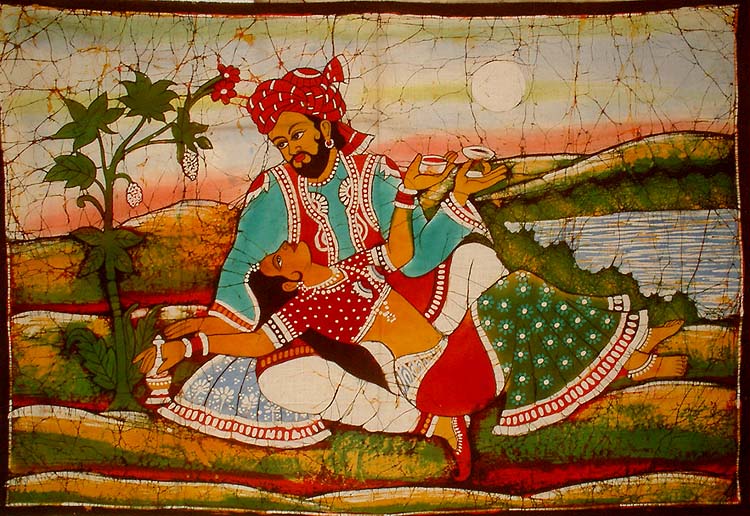
Omar Khayyam
The current prosperity of the community is leading its members to a hedonist lifestyle. As Omar Khayyam said, most of our brethren live for the moment.
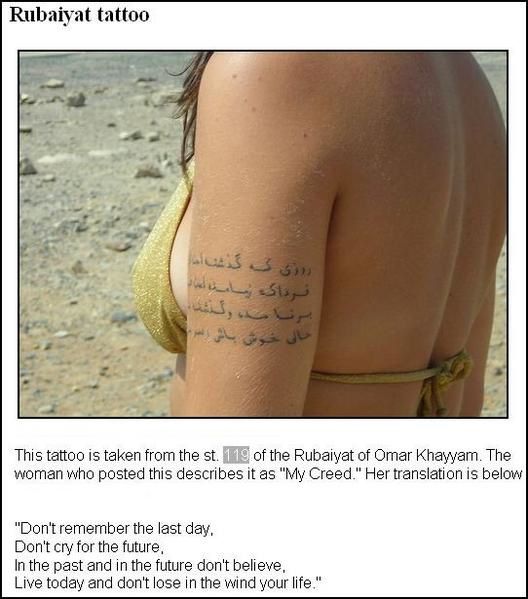

O cleric, we are more active than you,
even so drunk, we are more attentive than you,
You drink the blood of men, we drink the blood of grapes [wine],
Be fair, which one of us is more bloodthirsty?
Drunkenness has become a cancer. The community is shrinking with many youngsters expelled for marrying outside the community. Time is not far off when this community is going to implode. Visionaries are lacking in the current leadership which is unable to see beyond the dollar notes dangling in front of its nose.
The need of the hour is for a few good members with vision, dedication and love for the community to come together to give the community intellectual leadership. It must help rediscover the humanizing vocation of the intellectual. It must use the power of thought to free the members from their irrational fears and to resolve the dichotomy between the spiritual dictatorship and the oppression of the little lambs. In this way it can lead the members in their attempts at regaining their lost humanity.
The only way to resolve this dichotomy is through education. Education can create awareness leading to praxis – reflection followed by action. Media in all its forms – print and electronic, audio and visual – is a powerful tool in this educative process. It becomes incumbent on the capable members of the community to take the initiate to develop a critical media that helps liberate the little lambs from the mental slavery that it is in now. The alternative is their continued meaningless, drink-induced existence, leading to the community’s disintegration and to its ultimate demise.
And of course ‘Knanaya Intelligentsia” will continue to remain an oxymoron.
[Published in the November issue of Snehasandesham]

